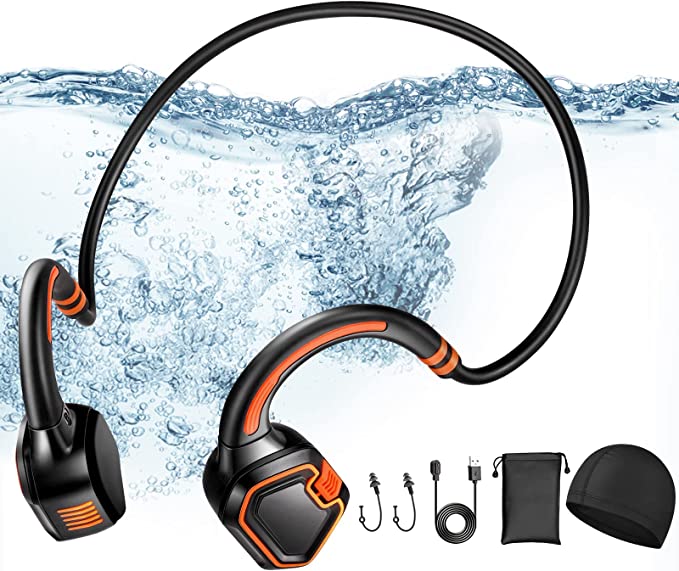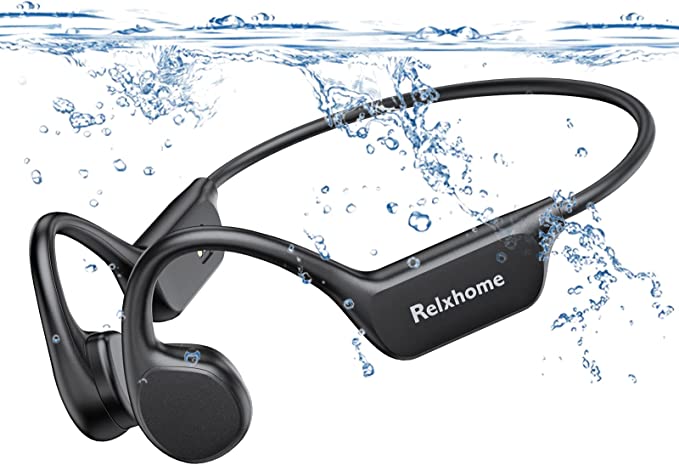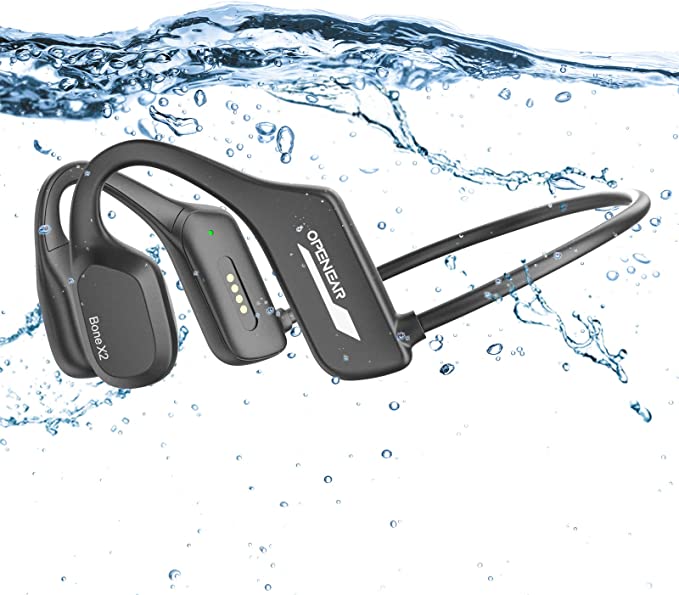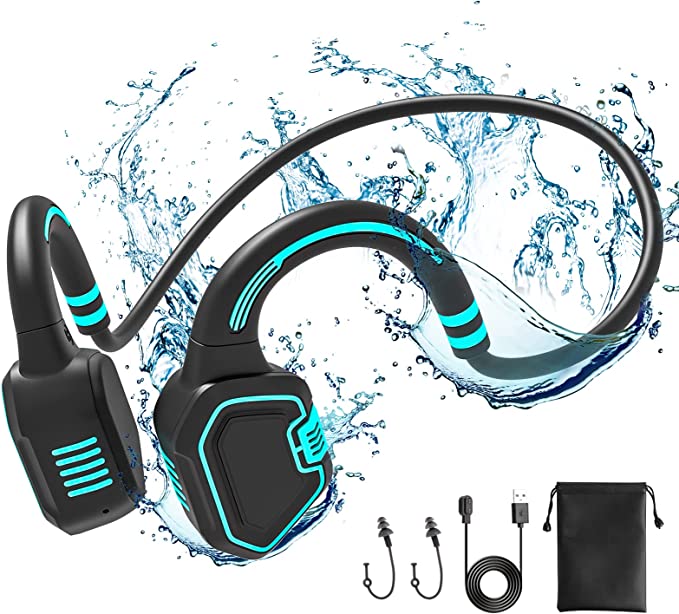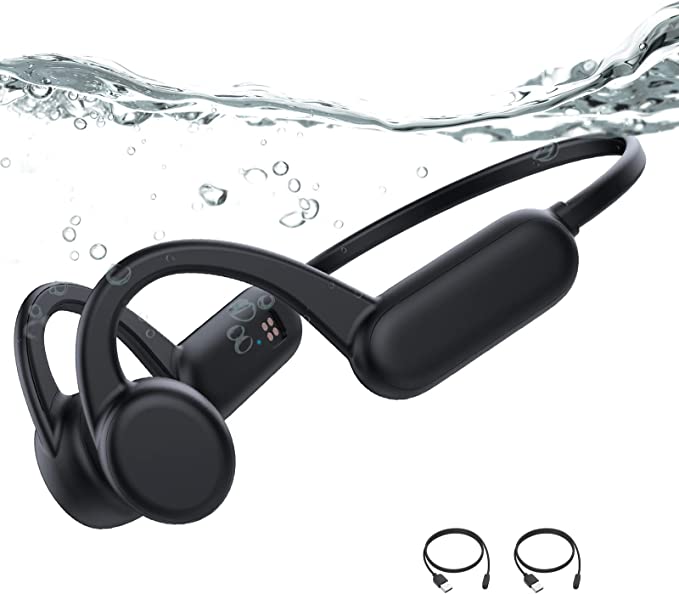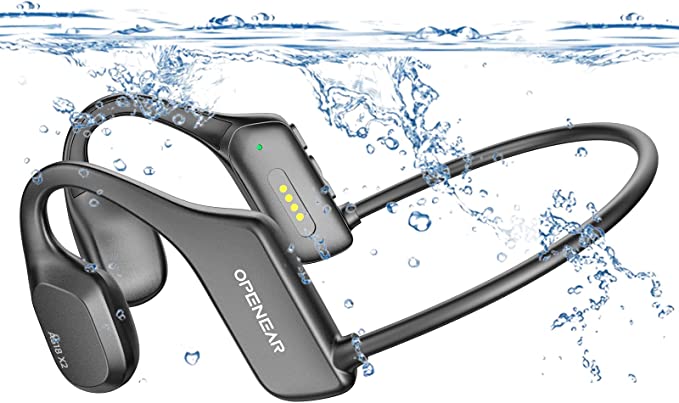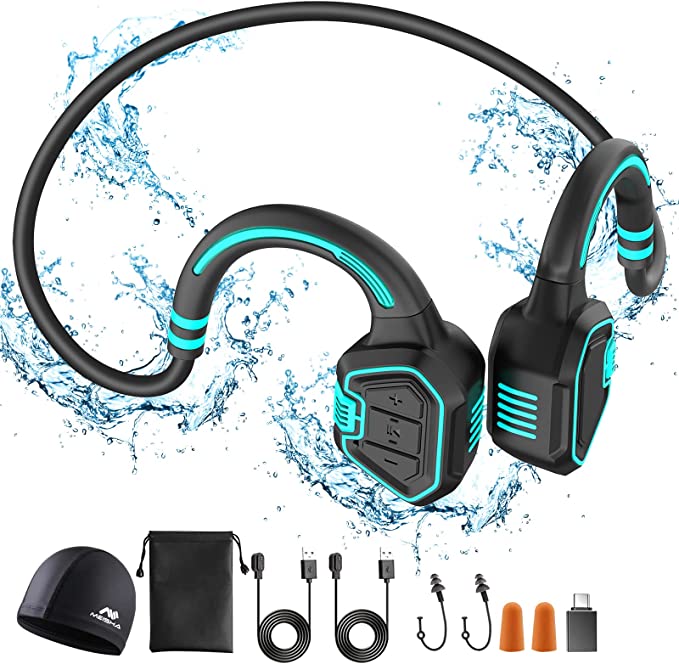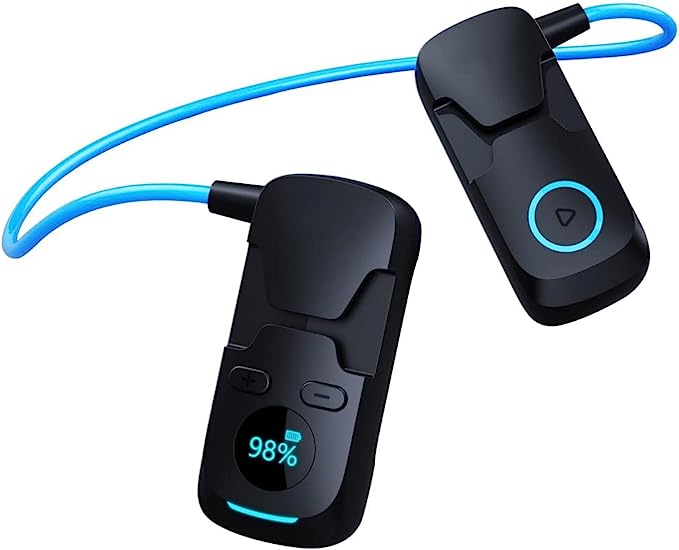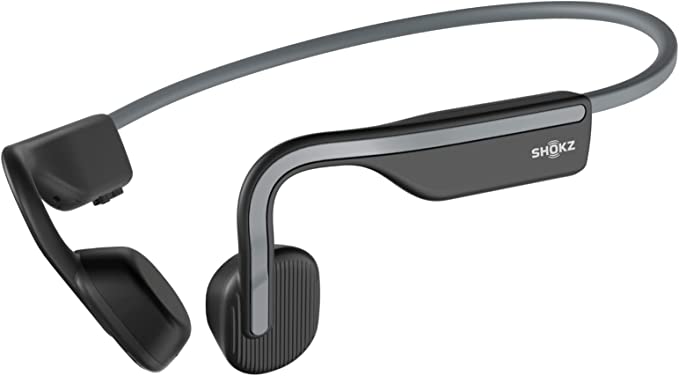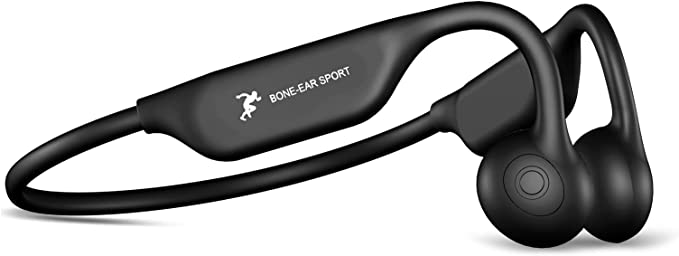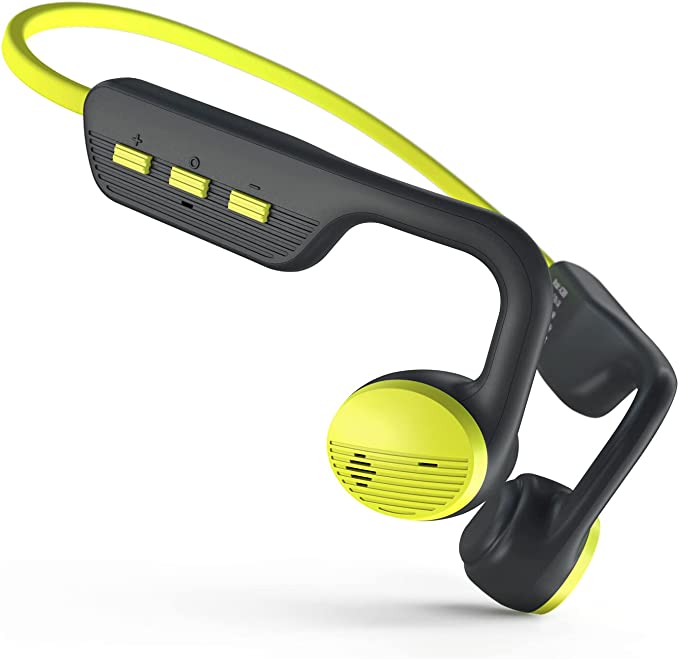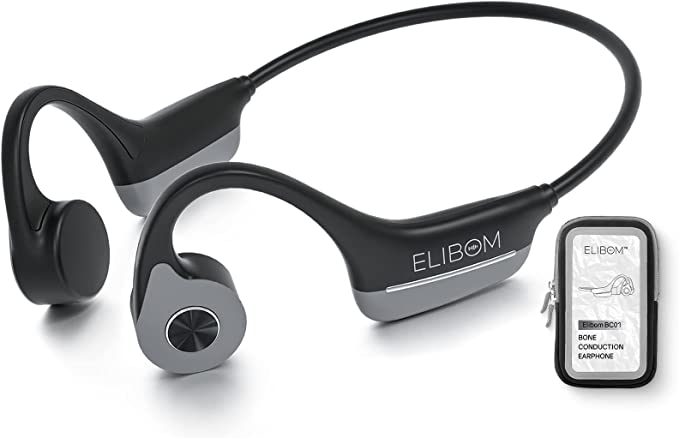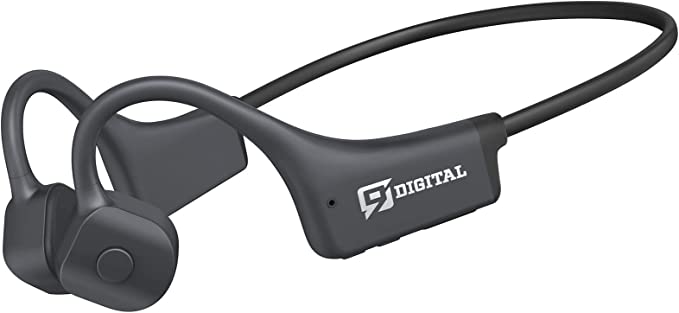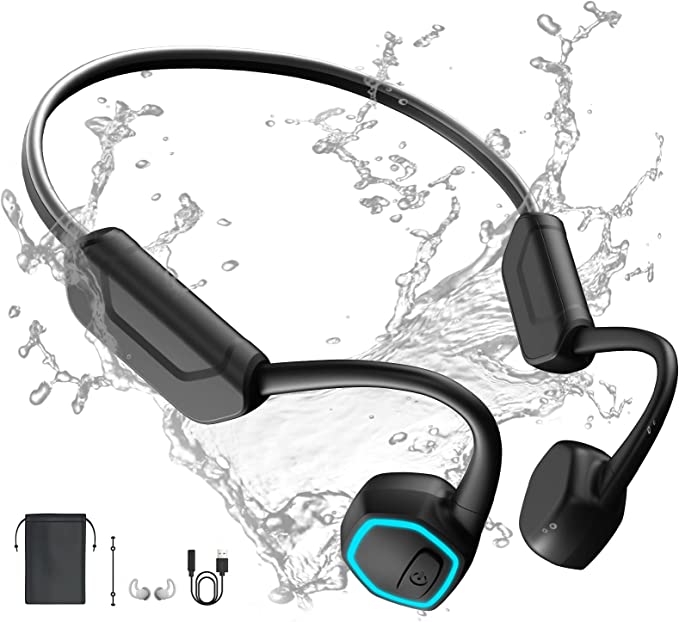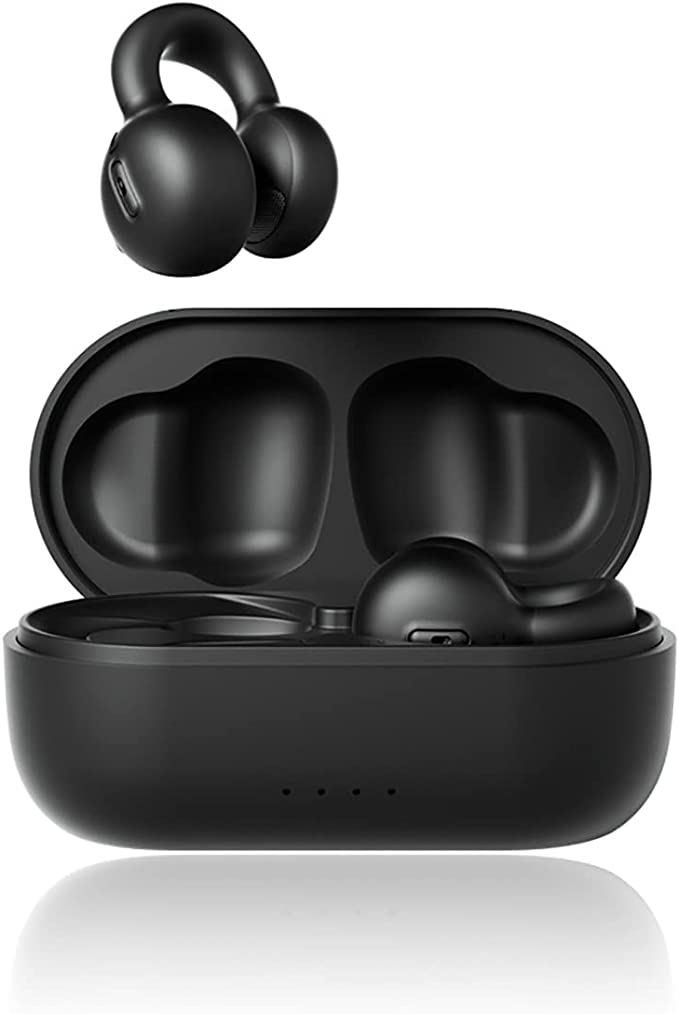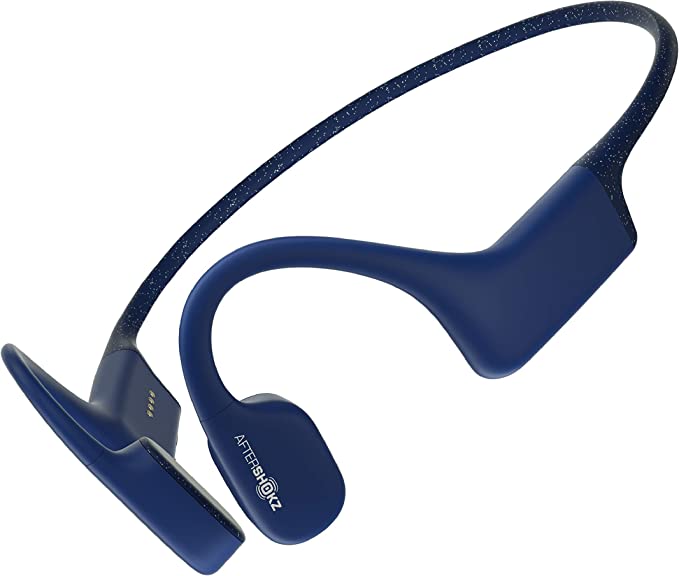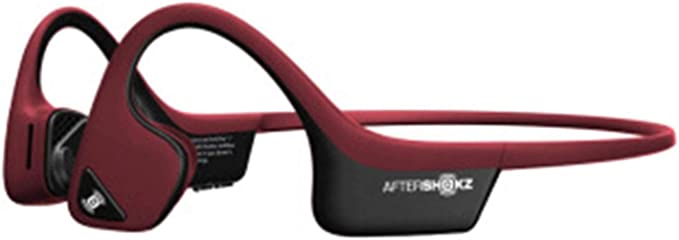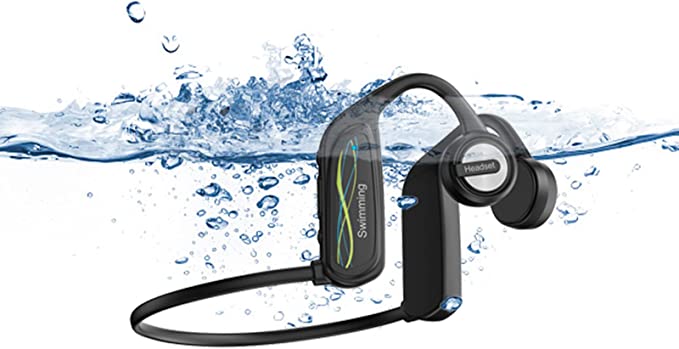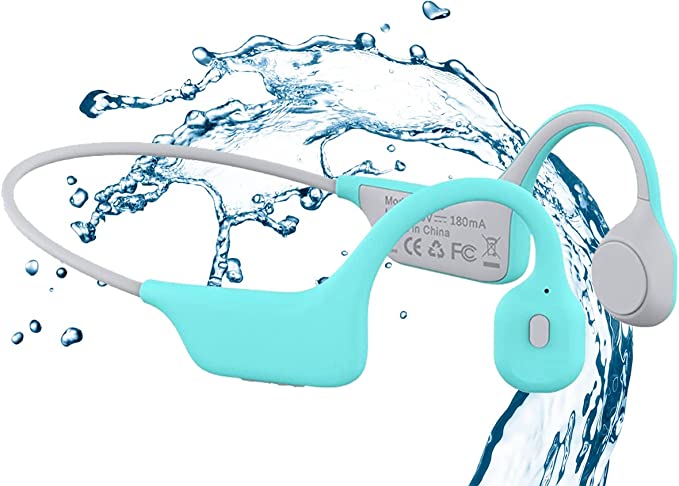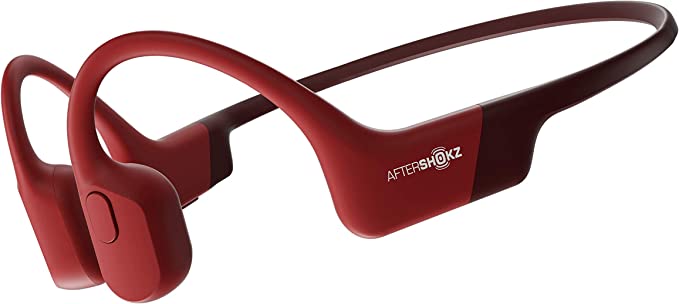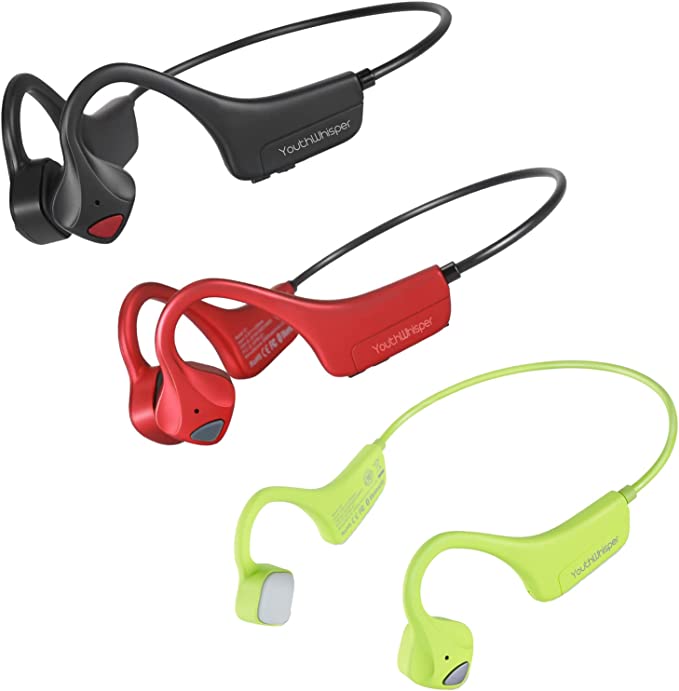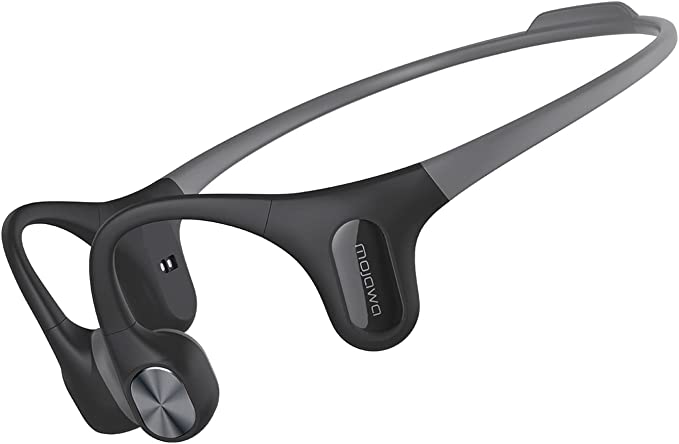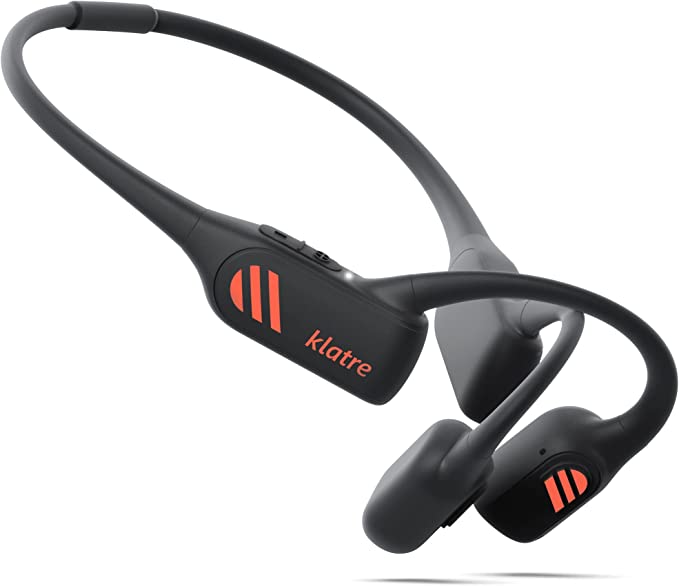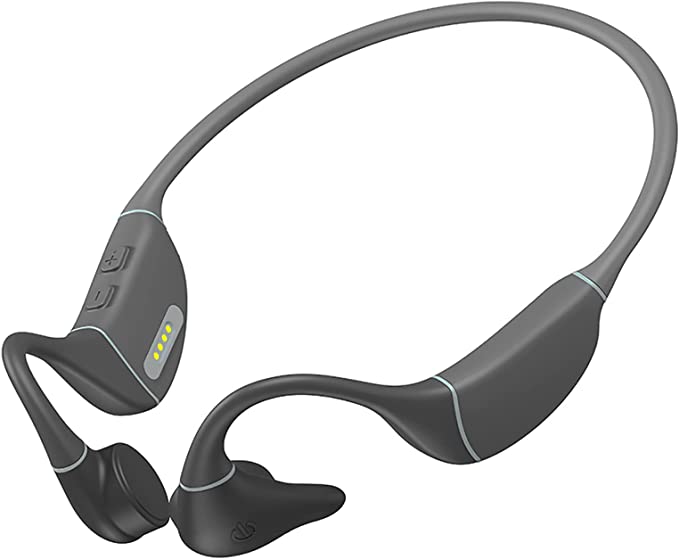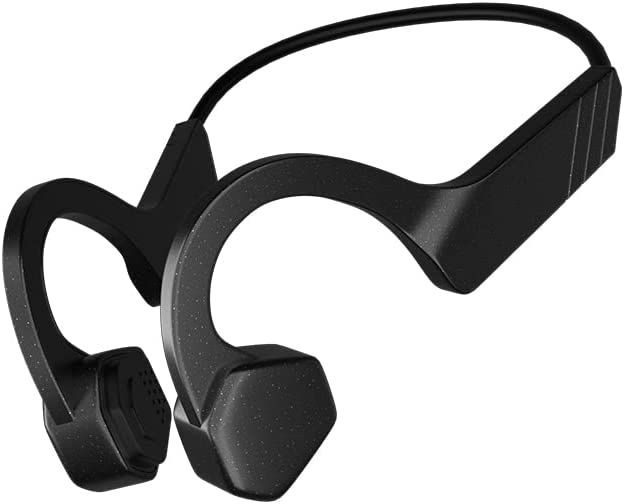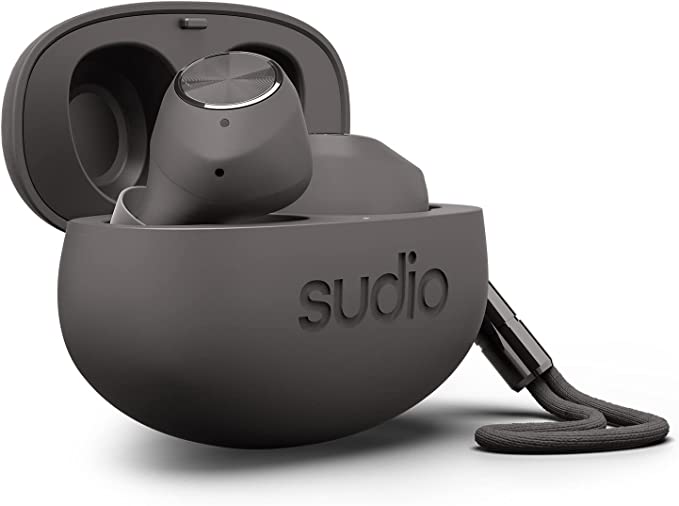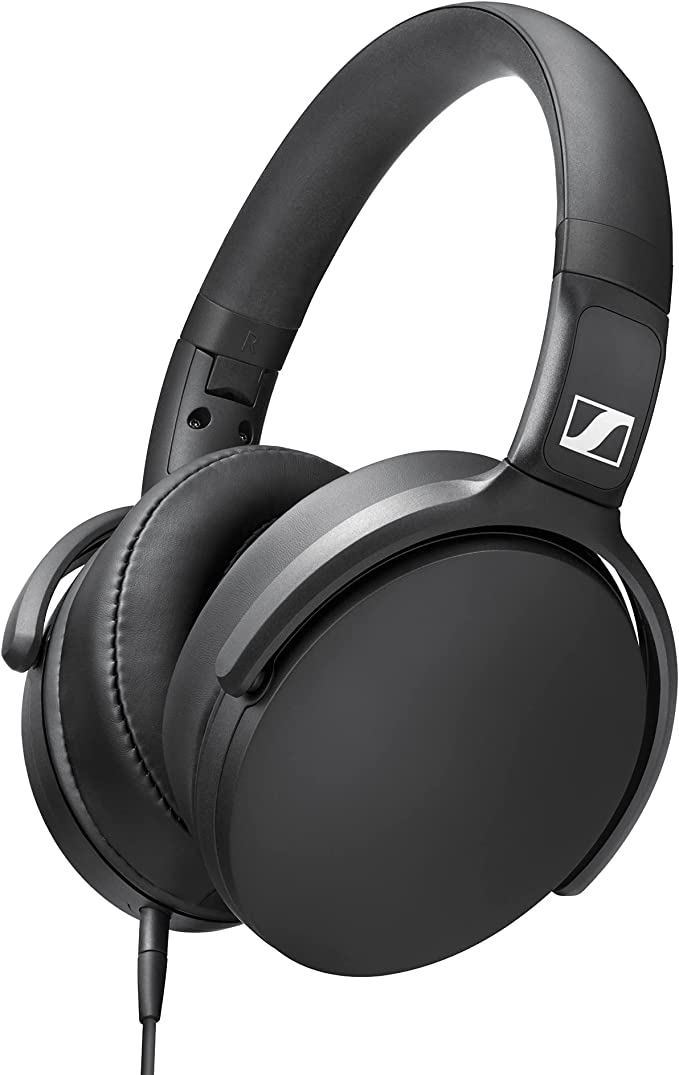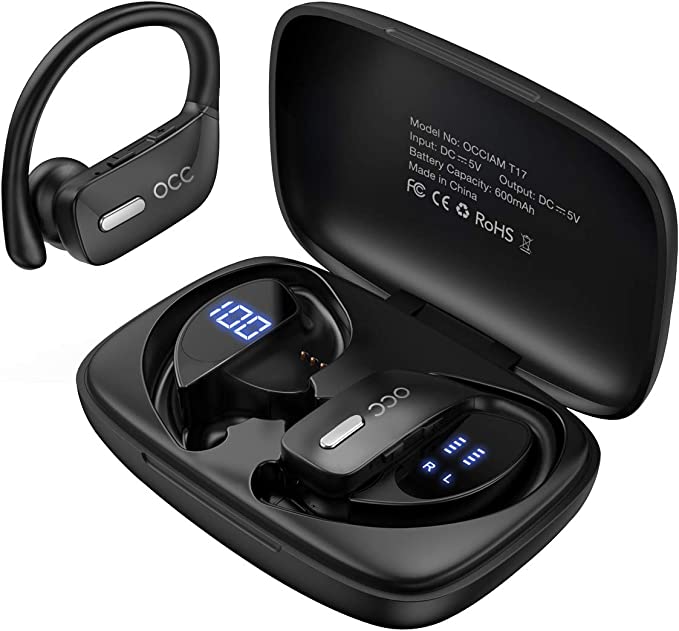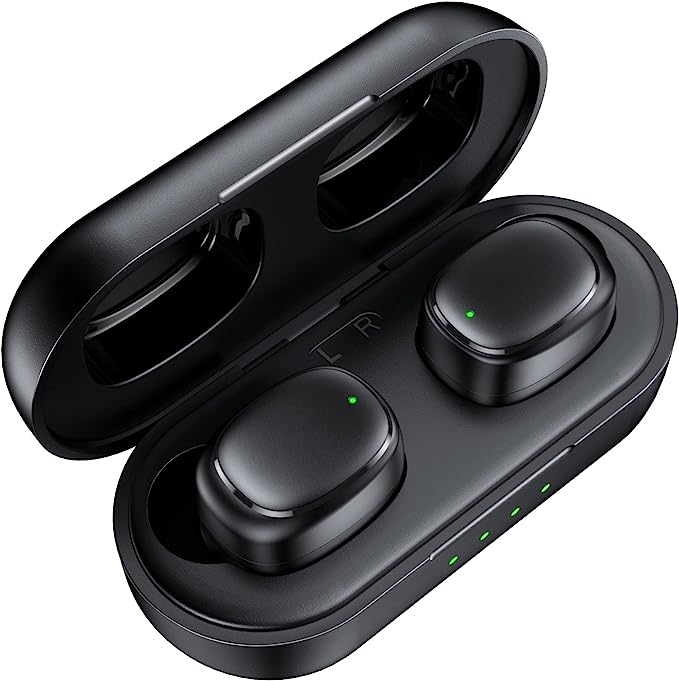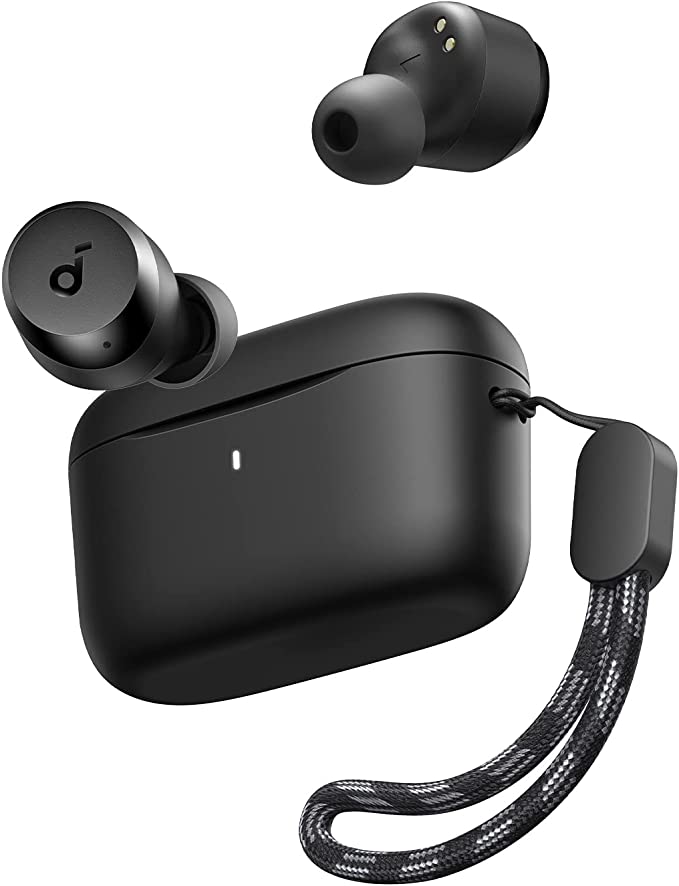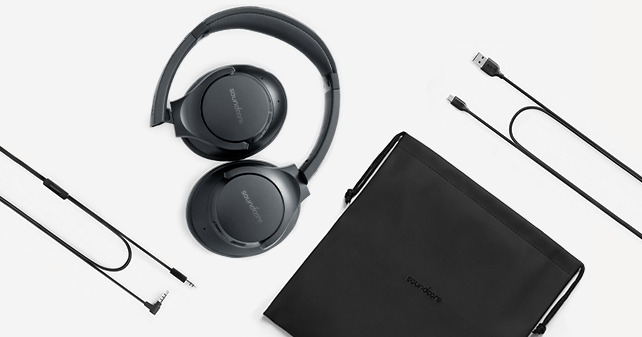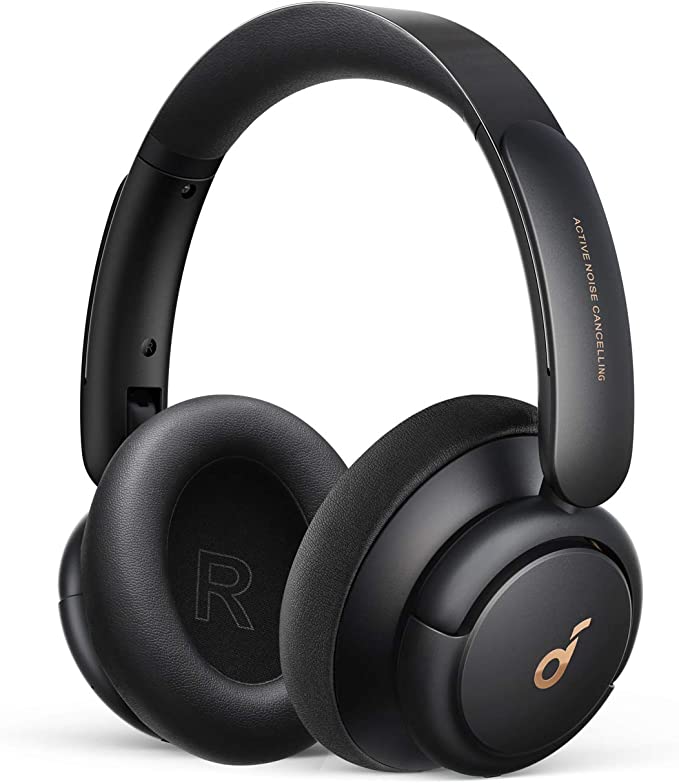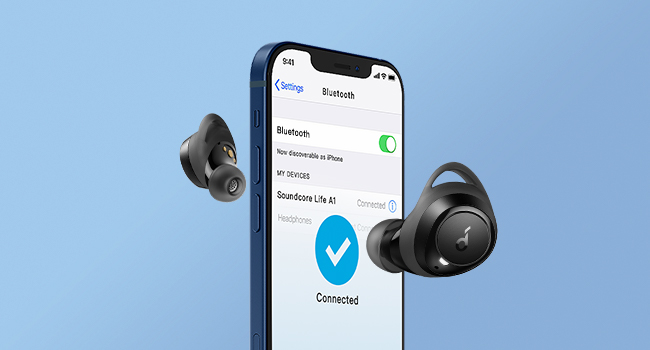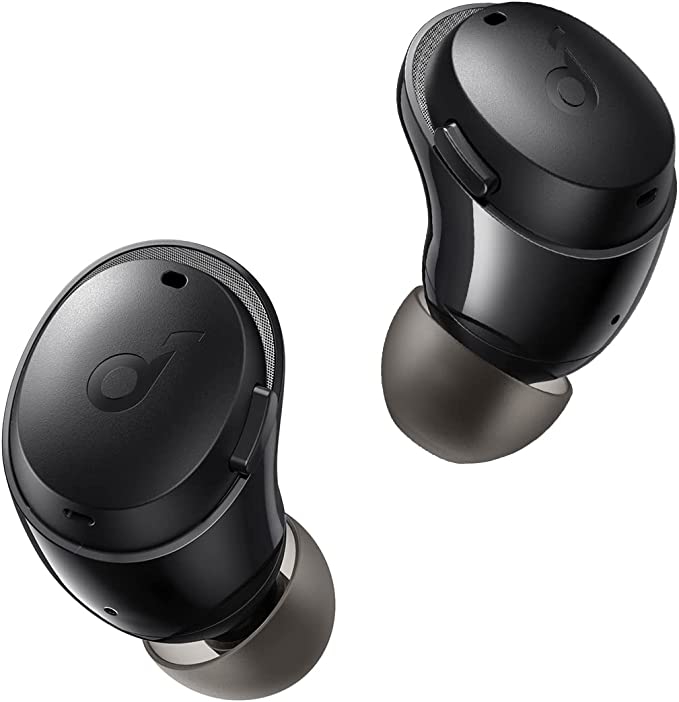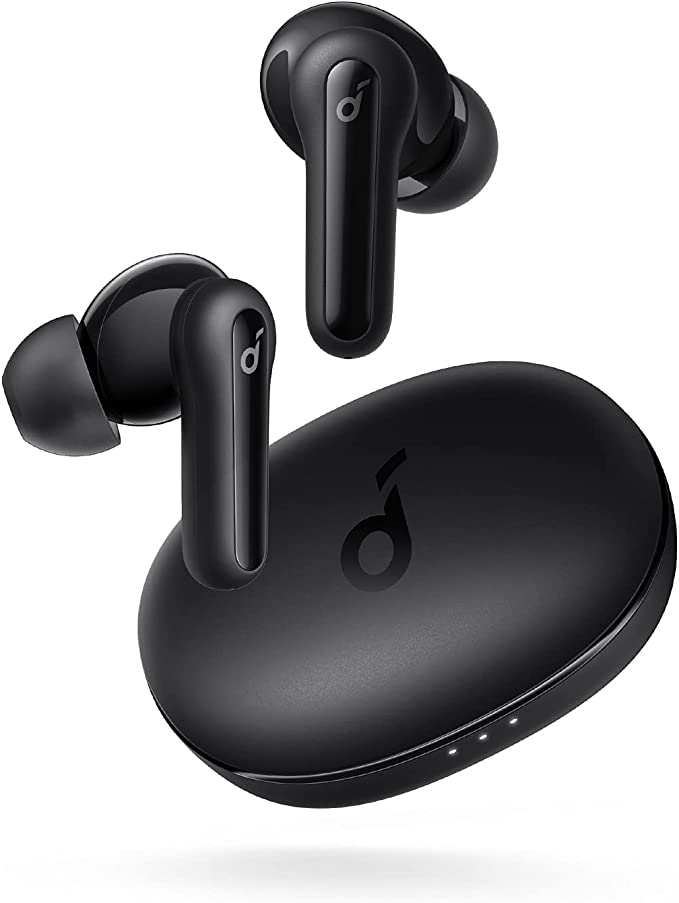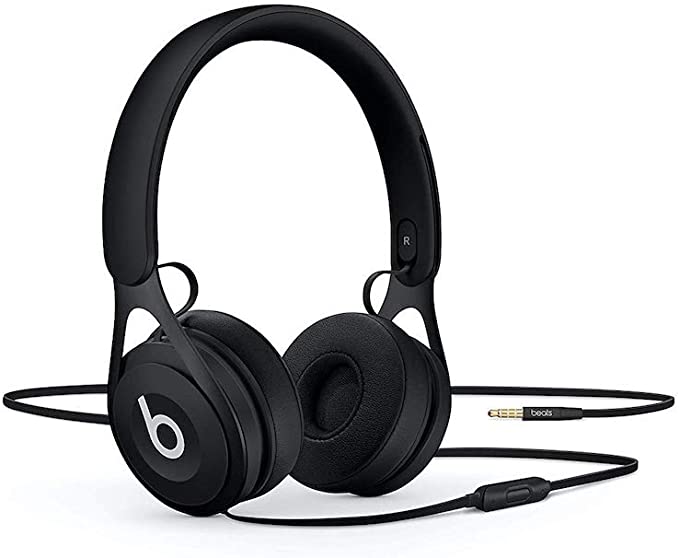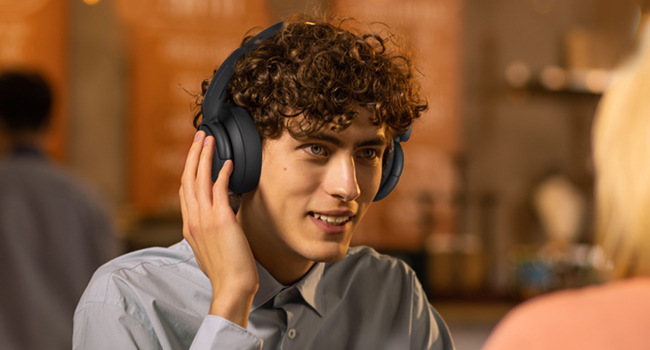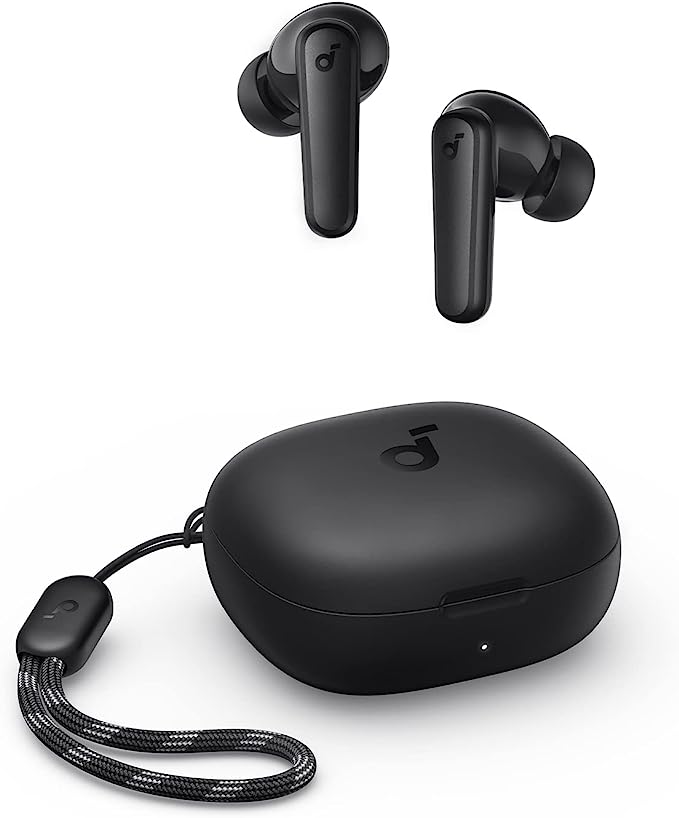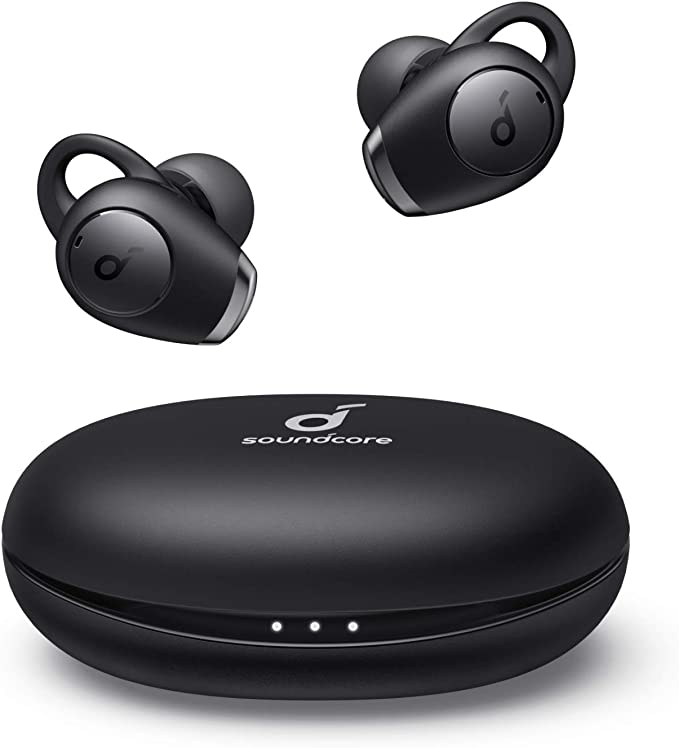Make a Splash with the Tayogo WB01 Bone Conduction Headphones
Update on June 27, 2025, 4:08 p.m.
There is an intimate silence to the swimmer’s world. It’s a place where the frantic noise of daily life dissolves into the rhythmic splash of a stroke, the steady gurgle of exhaled air, and the muffled, internal thud of your own heartbeat. It’s meditative, it’s primal, but it can also be profoundly lonely. For decades, the athlete on land has had a constant companion in music, a pacemaker for the feet and fuel for the soul. But for the swimmer, that world of sound has always ended at the water’s edge.
Why? Why can your playlist, which travels effortlessly through the air, not follow you into the pool? The answer isn’t a failure of technology, but a testament to the fundamental laws of physics. And in understanding this struggle, we can truly appreciate the elegant engineering of a device like the Tayogo WB01 Bone Conduction Headphones, which doesn’t just play music—it wages a clever battle against the very elements.

The Tyranny of Water: Why Your Playlist Can’t Follow You
Imagine your Bluetooth signal as a messenger, sprinting from your phone to your headphones. In the open air, this messenger has a clear path. But plunge it into water, and it’s like asking it to run through deep, wet concrete. The messenger drowns, and the message is lost.
This isn’t just a metaphor; it’s physics at its most elemental. Technologies like Bluetooth and Wi-Fi operate in the 2.4 gigahertz (GHz) radio frequency band. As it happens, this is almost the perfect frequency for being absorbed by water molecules. Water (H₂O) is a polar molecule, meaning it has a slight positive charge on one end and a slight negative charge on the other. When the oscillating electric field of a 2.4 GHz wave passes by, it grabs these water molecules and forces them to wiggle back and forth, furiously. This frantic wiggling converts the radio wave’s energy into heat. It’s the exact same principle that allows a microwave oven to heat your food.
The consequence for your music is catastrophic. The signal strength is decimated within inches. This physical reality means that no matter how advanced your phone or conventional wireless earbuds are, they are rendered useless for underwater streaming. Engineers, therefore, faced a stark choice: surrender to the silence, or reinvent the music player for a world without radio waves. The Tayogo WB01’s solution is a nod to classic, reliable technology: an onboard 8GB MP3 player. By storing the music directly on the device, it severs the need for that drowning messenger, creating a self-contained bubble of sound in a world hostile to wireless signals.

A Different Kind of Sound: A Concert Inside Your Head
Solving the data transmission problem is only half the battle. How do you deliver that sound to the ear in a way that’s practical for sport? Traditional earbuds create a seal, dangerously isolating a runner or cyclist from the sound of traffic. On-ear headphones are unstable and become a sweaty mess. The answer lies in a fascinatingly counter-intuitive technology: bone conduction.
If this sounds like science fiction, consider the tale of Ludwig van Beethoven. As the great composer lost his hearing, he discovered he could still perceive the notes of his piano by clenching a rod in his teeth and pressing the other end against the instrument’s soundboard. The vibrations traveled through the rod, into his jaw, and directly to his inner ear, bypassing his damaged eardrums entirely. He was, in essence, listening through his skull.
This is precisely how the Tayogo WB01 works. Instead of speakers that push air, it has transducers that rest gently on your cheekbones. They create tiny, imperceptible vibrations that travel through the solid structure of your skull, arriving directly at the cochlea—the spiral-shaped, fluid-filled organ of the inner ear. Your eardrums are completely uninvolved.
The result is a kind of magic. You hear your music with startling clarity, a private concert happening inside your head. Yet, because your ear canals are wide open, you also hear everything else. The approaching car, a fellow swimmer in your lane, a shouted warning. It provides the holy grail for athletes: immersive audio without sacrificing situational awareness.

Engineering a Submarine for Your Ears: The Art of Staying Dry
Creating a device that can play music underwater is one thing. Ensuring it survives the experience day after day is an engineering challenge of a different order. This is where the IPX8 rating comes in. According to the International Electrotechnical Commission standard IEC 60529, this is the highest level of protection against liquid ingress. The ‘X’ means it hasn’t been rated for dust, but the ‘8’ signifies it can withstand continuous immersion in water deeper than 1 meter.
For the engineers, achieving this means waging war on every possible point of failure. The outer casing must be perfectly sealed. The choice of a flexible titanium alloy headband is brilliant not just for its light weight and comfortable clamping force, but for its supreme corrosion resistance. It won’t be fazed by the chlorine in a pool or the salt in the ocean.
Perhaps the most elegant piece of engineering is the charging solution. A traditional USB port is a gaping invitation for water damage. The solution is a magnetic charging port. Four small, gold-plated circles on the device snap satisfyingly onto a proprietary cable. There are no openings to seal, no plugs to fail. It’s a simple, robust, and waterproof design philosophy that prioritizes longevity in a harsh environment.
An Honest Conversation About Sound
Is bone conduction a perfect audio technology? No, and it’s important to understand its unique characteristics. Because it doesn’t use your eardrum and the resonating chamber of your ear canal, the sound profile is different. Users will notice that the deep, sub-bass frequencies you might feel in your chest from a subwoofer are less pronounced. The technology is optimized for the mid-range and treble frequencies where vocals and most instruments live.
Furthermore, because the device works by vibrating, at very high volumes some of this vibrational energy can be felt on the skin and a small amount of sound can “leak” into the surrounding air. This isn’t a defect; it’s an inherent property of the physics involved. It is a trade-off, and for most athletes, it’s one they are more than willing to make for the immense benefits of safety and open-ear comfort.

Conclusion: Unleashing Your Movement
The Tayogo WB01 isn’t just a pair of headphones. It’s a physical embodiment of human ingenuity pushing back against the constraints of the physical world. It’s a solution born from understanding why radio waves die in water, why solid bone is a remarkable conductor of sound, and what it takes to build a miniature submarine for your ears.
It represents a freedom that was once unimaginable—the freedom to score your swim with a powerful symphony, to push through your final run with an energizing beat without tuning out the world, to exist in two soundscapes at once. It’s a reminder that sometimes, the most elegant technology isn’t about brute force, but about finding a cleverer path—in this case, a path that travels not through the air, but through the very bone of your skull.

